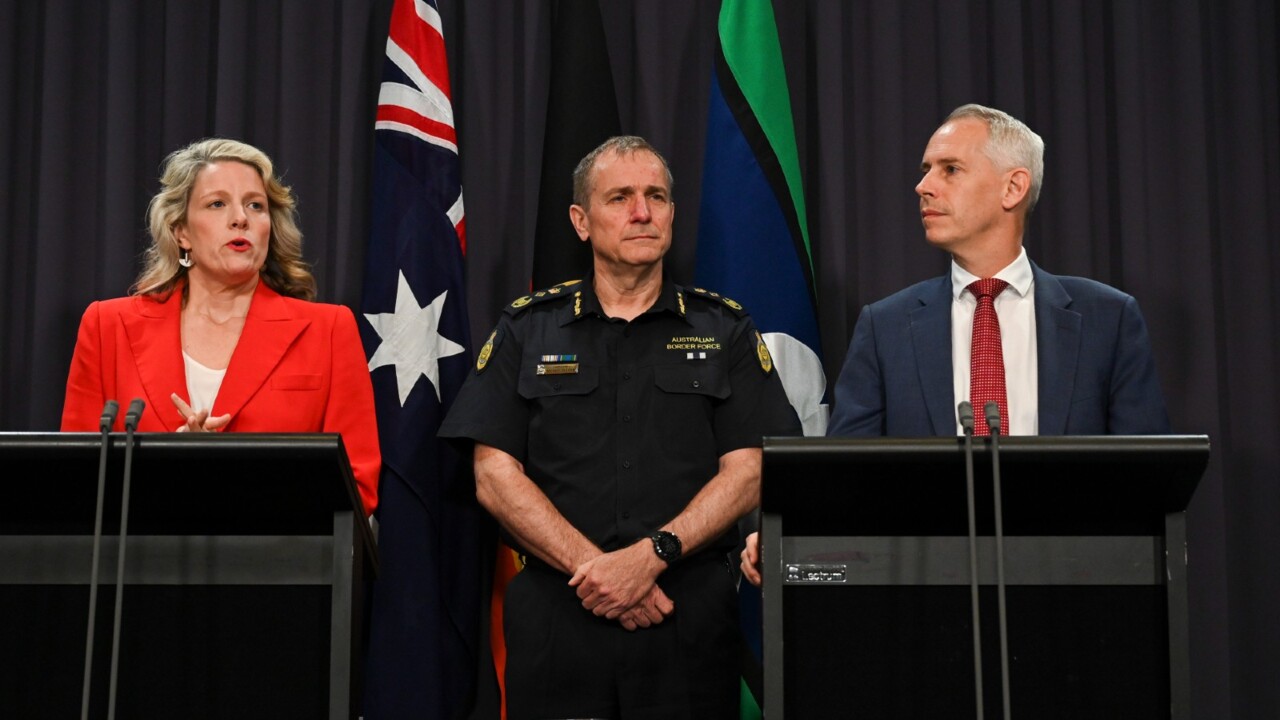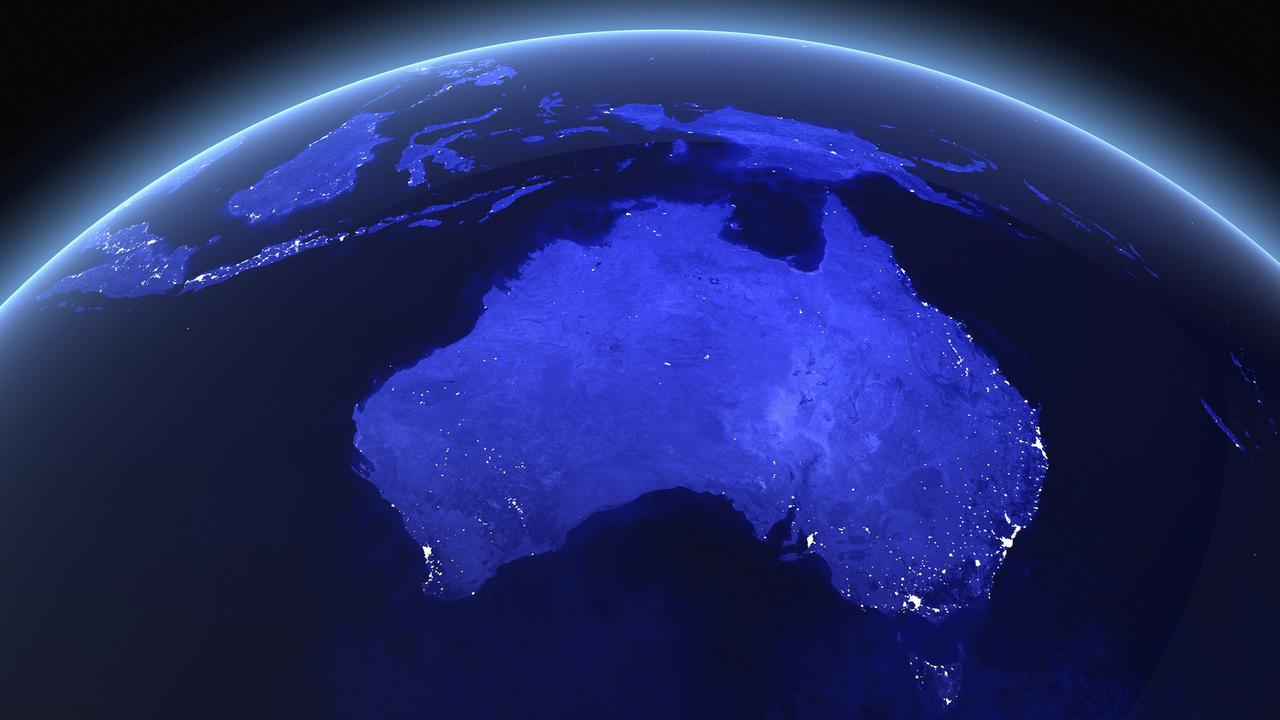‘Not China, India’: New group of migrants coming to Australia by 2050
There are calls for Australia to take action and capitalise on a new group of nations who will be the “new China”.

There are calls for Australia to capitalise on an emerging group of international university of students, as a new report identifies Africa as a major source of students over the next 30 years.
A report by The Lygon Group, commissioned by Universities Australia, suggests that by 2050, the nations of sub-Saharan Africa will be the “new China and perhaps India” – Australia’s current top two sources for international students.
It notes China’s working age population is expected to decline after reaching a peak in 2026, while India’s working age population will eventually drop as the country’s birthrates fall.
“Meanwhile, the continent of Africa is projected to change in the opposite direction with a steady growth in the percentage of working-age people,” the report reads.
“Education will be key to ensuring the continent’s trajectory is to achieve the goal of ‘getting rich before it gets old’.”

Speaking to the Sydney Morning Herald, outgoing Universities Australia chief Catriona Jackson, said as global population shifts, Australia needs “to be looking at Africa because that’s where the explosion of working-age people is”.
“In a little while, it won’t be China and India any more. It will be parts of Africa.” she said of the population shift.
“We’ve built up a really good education system that serves our domestic population but also a really big international cohort, so we just need to absolutely stay right on the front of the wave, otherwise we will be dumped.”
Ms Jackson, who is leaving on Friday after being at the helm of the peak body group since 2018, said Australia needs to capitalise on this shift and engage in new partners to ensure education remains a major export industry.
“Australian universities have spent decades working carefully and strategically to build a world-class international education sector,” she said in a statement.
“This position of strength has seen education grow to become a multibillion-dollar export industry that underpins a higher and more sustainable standard of living for all Australians.
“The skills and talents of international students add to Australia’s skills mix and the sector plays an important role in shaping global responses to global problems through research and soft power.”

According to the Department of Education, only 4.3 per cent of International students from 2002 to 2022 were from North Africa and the Middle East, and Sub-Saharan Africa.
In comparison, those from Northeast Asia, South-East Asia and Southern and Central Asia made up 70.2 per cent of International students from the same period.
In October this year, there were 38,790 international student arrivals to Australia, an increase of 10,100 students compared to October 2022, according to the Australian Bureau of Statistics.
The Lygon Group report also noted that as Australia is experiencing shifting global power dynamics, the Indo-Pacific region should be prioritised for educational soft power, adding this is not the time for complacency.
“Australia’s history and longstanding relationships puts us at an advantage,” the report read.
“Southeast Asia and the Pacific Islands nations should take precedence in a co-ordinated educational soft power agenda”.
Australia’s population to skyrocket
This comes as the latest population forecast reveals up to 46 million people could call Australia home by 2071.
The stark figure, which represents a 77 per cent gain in population in the space of 48 years, is the top end of the Australian Bureau of Statistics’ population forecast for the next four decades.
The “medium” prediction shows the population hitting nearly 40 million by 2071, while the low-end forecast still shows a 30 per cent increase in population from about 26 million in 2023 to 34.3 million in the early 2070s.

The bulge in numbers is driven primarily by an expected endless migration boom.
In a high-end estimate, the ABS expects immigrants to add 14.3 million to the population, with a yearly intake of about 275,000 people.
The middle forecast puts the migration contribution at 11.8 million, with an annual increase of 225,000 people, while the low-end estimate is 175,000 new arrivals each year adding 9.4 million to the population.
In the year ending June 30, 2022, Australia brought in 203,000 immigrants.
And a bigger Australia will come quickly, with the ABS expecting the country’s population to reach between 29.2 million and 30.8 million by 3032, a 15 per cent increase.
The ABS suggests without immigration, Australia’s population would shrink in size due to low birth rates, with all scenarios envisioning a birthrate below the replacement rate of 2.1 per cent.
Other nations see population decline
As Australia’s government unveils a new migration strategy to clamp down on increasingly out-of-control population growth, other countries are grappling with the opposite problem.
While Australia brought in a record 500,000 migrants last financial year, Japan posted its own record — a total population decline of nearly 800,000.
The figures, released in June by Japan’s internal affairs ministry, showed deaths hit a record high of more than 1.56 million while births hit a record low 771,000.
Even a record 10 per cent increase in foreign residents to 2.99 million couldn’t halt the 14th straight year of declining population, which reached 122.42 million in 2022.
Japan’s situation is uniquely dire due to the age of its population — 29 per cent of Japanese are now aged 65 or older, and one in 10 are aged 80 or older.“Japan is standing on the verge of whether we can continue to function as a society,” Prime Minsiter Fumio Kishida said in January. “Focusing attention on policies regarding children and child-rearing is an issue that cannot wait and cannot be postponed.”
— with Frank Chung and NCA NewsWire





